Pressure Washer Unloader Problem
jay_nj
17 years ago
Related Stories
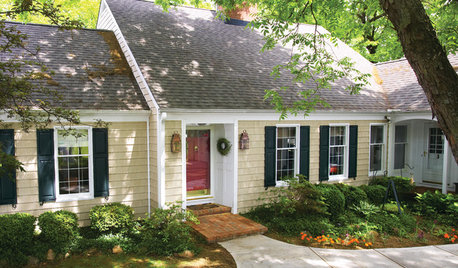
HOUSEKEEPINGHow to Wash Your House
Avoid damage to siding and plants while getting your home's exterior shining clean, with this guide to using pressure washers and hoses
Full Story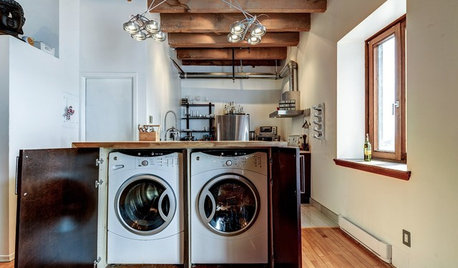
LAUNDRY ROOMSA Kitchen Laundry Cabinet Full of Surprises
A little DIY spirit allowed this homeowner to add a washer, dryer, kitchen countertop and dining table all in one
Full Story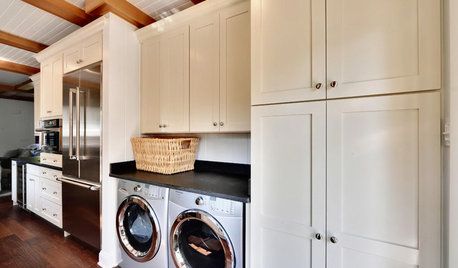
KITCHEN DESIGNRenovation Detail: The Kitchen Laundry Room
Do your whites while dishing up dinner — a washer and dryer in the kitchen or pantry make quick work of laundry
Full Story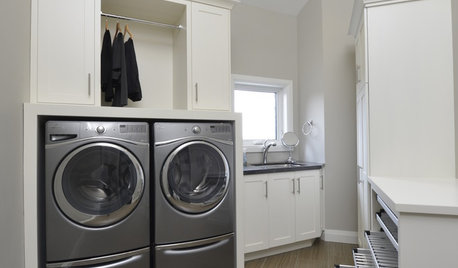
MOST POPULAR10 Smart Ideas for Your Laundry Room Remodel
Make washing and drying easier and more comfortable by considering ergonomics, storage and special features
Full Story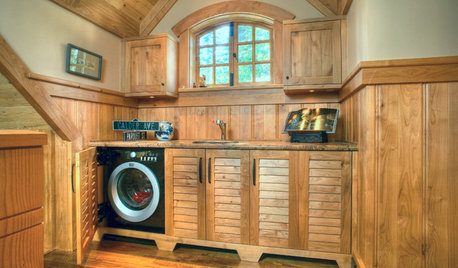
LAUNDRY ROOMSClever Ways to Hide a Laundry Station
When you don’t have a whole room to devote to the wash, use these solutions to tuck the machines out of view
Full Story
THE HARDWORKING HOMEWhere to Put the Laundry Room
The Hardworking Home: We weigh the pros and cons of washing your clothes in the basement, kitchen, bathroom and more
Full Story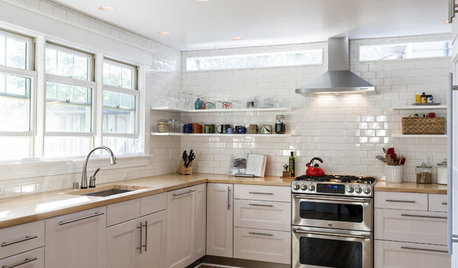
KITCHEN DESIGNBetter Circulation for a Family Kitchen and Bathroom
An architect’s smart design moves helped rearrange this Louisville kitchen to create a more sensible workflow
Full Story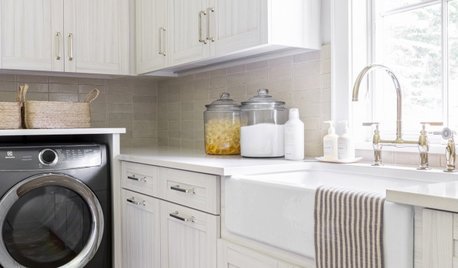
LAUNDRY ROOMS7-Day Plan: Get a Spotless, Beautifully Organized Laundry Room
Get your laundry area in shape to make washday more pleasant and convenient
Full Story
MOST POPULARFirst Things First: How to Prioritize Home Projects
What to do when you’re contemplating home improvements after a move and you don't know where to begin
Full Story
LAUNDRY ROOMSLuxury of Space: Designing a Dream Laundry Room
Plan with these zones and amenities in mind to get a laundry room that takes function and comfort to the max
Full Story





booster
jay_njOriginal Author
Related Professionals
Port Royal Landscape Architects & Landscape Designers · Apollo Beach Landscape Contractors · Matteson Landscape Contractors · Monterey Landscape Contractors · Norristown Landscape Contractors · Pahrump Landscape Contractors · Tehachapi Landscape Contractors · University City Landscape Contractors · Vineyard Landscape Contractors · Eastlake Landscape Contractors · Alexandria Decks, Patios & Outdoor Enclosures · Crestline Decks, Patios & Outdoor Enclosures · Lebanon Decks, Patios & Outdoor Enclosures · Palmetto Decks, Patios & Outdoor Enclosures · Buenaventura Lakes Home Buildersbooster
jay_njOriginal Author
booster
jay_njOriginal Author
booster
jay_njOriginal Author
tennesseetoro